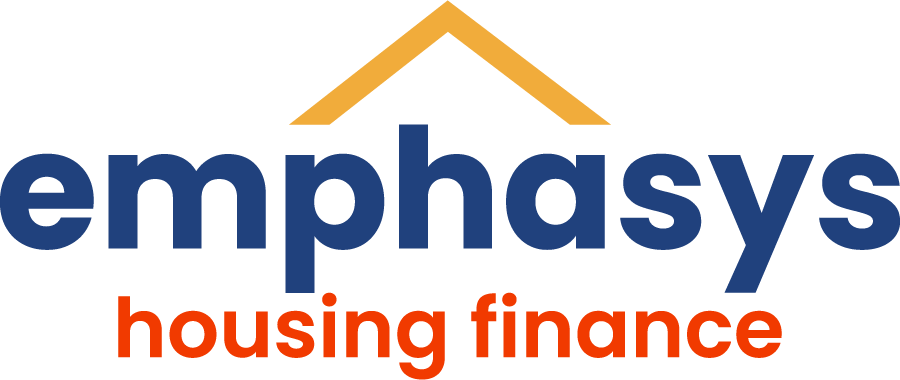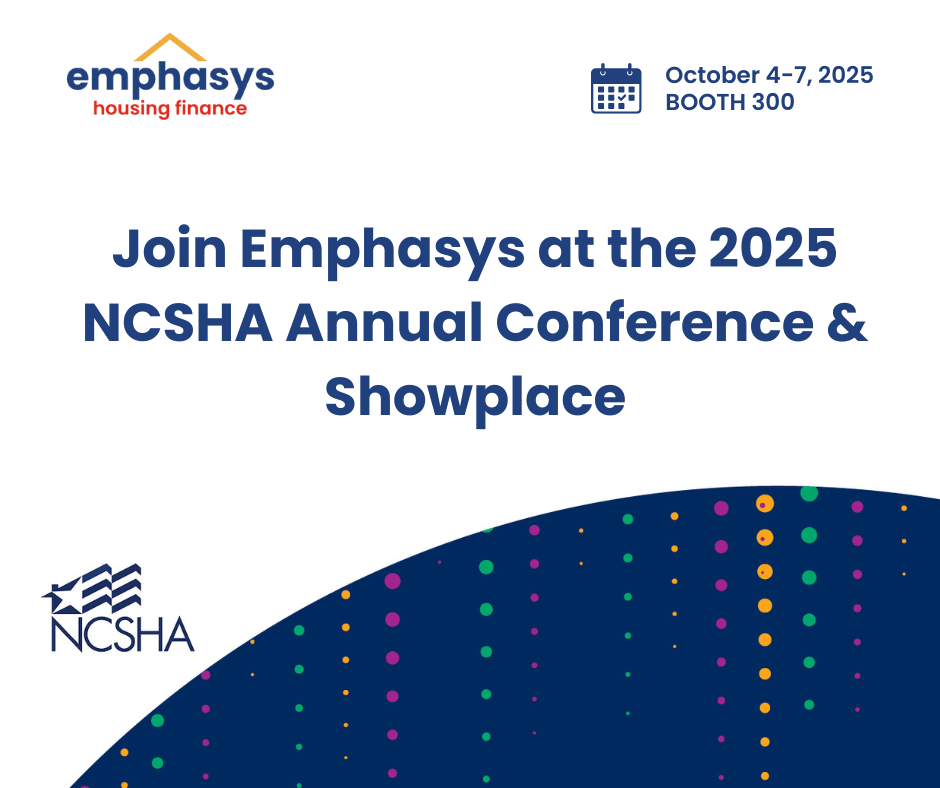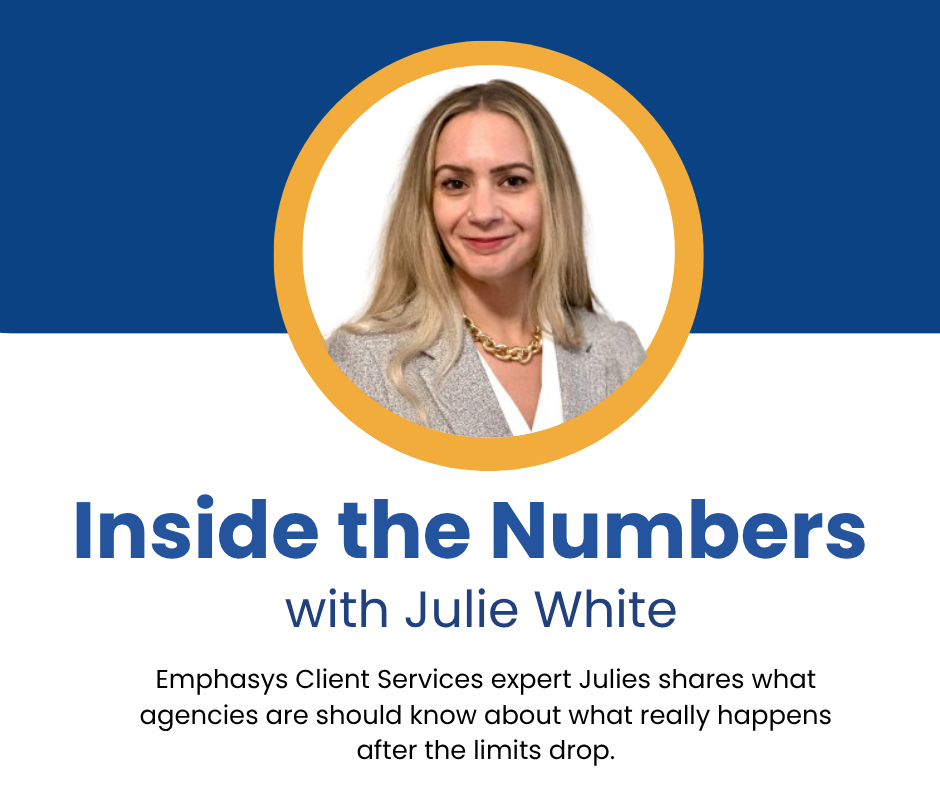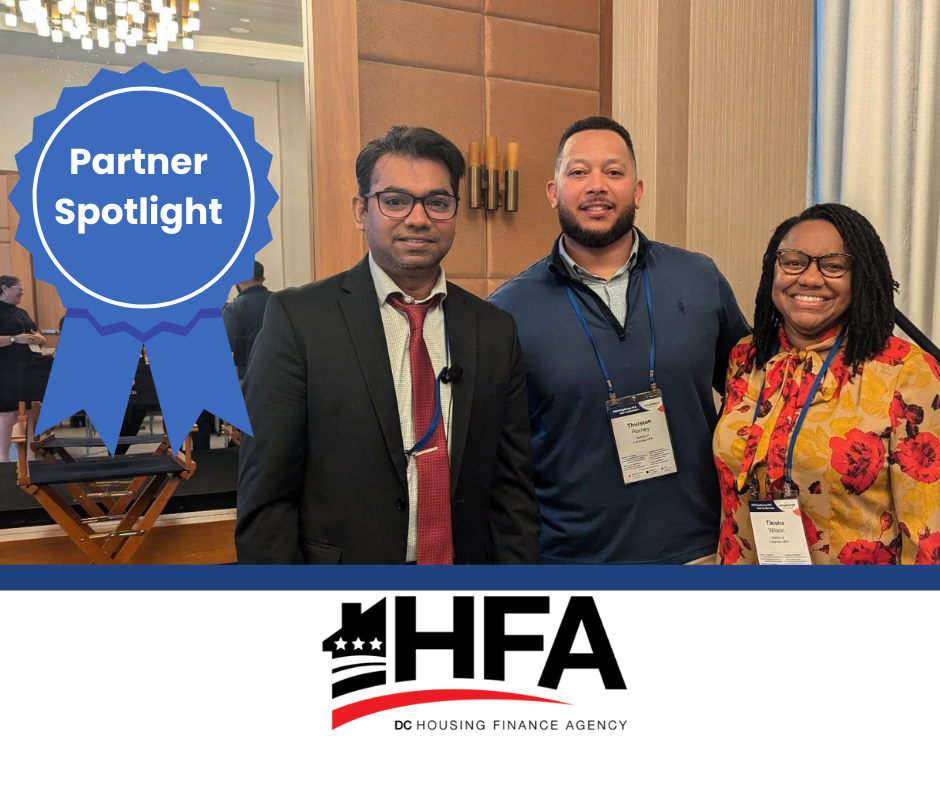2025 Income Limits Are Here—Now What?

Why Income Limits Matter—And When
HUD income limits determine whether a household qualifies for certain housing assistance programs, including down payment assistance, mortgage credit certificates, and other HFA-administered support. A small change—up or down—can affect borrower pipelines, delay approvals, or trigger re-evaluation of pending applications.
Agencies must ensure that:
- Borrower eligibility thresholds are updated accurately and in a timely manner
- Lenders are trained to apply new limits to current and prospective applications
- Public-facing documents and intake materials reflect current data
Because HUD bases limits on Area Median Income (AMI), the impact varies by region. Some counties saw minor tweaks; others, especially in fast-growing metros, experienced major shifts—an indication of affordability stress.
What We’re Hearing from Agencies
Many agency staff—particularly those in Single Family program administration, underwriting, and compliance—have already implemented the 2025 income limits across their systems. Yet, several challenges remain.
Agencies are navigating questions about how to maintain consistency across systems and partners, how to communicate the changes without confusing borrowers in the middle of the application process, and how to handle situations when a borrower who qualified yesterday no longer meets the criteria today.
For teams relying on reservation portals or income-calculation tools, timing is everything. When income limit changes aren’t implemented cleanly, the result can be delays, denials, or an increased workload for staff trying to resolve mismatches.
Technology as a Stabilizer
When income limits change, the pressure is on policies and the systems that support them. For program teams, even small discrepancies between published limits and system-calculated values can cause ripple effects across workflows: incorrect eligibility assessments, delays in approval, or mismatches between lender data and agency records. Multiply that across a pipeline of loans, and the margin for error quickly expands.
That’s where technology becomes a stabilizer.
For HFAs managing single-family programs, smart technology can absorb the shock of policy change and reinforce consistency across users, departments, and partner organizations. However, that only works if the technology is purpose-built for these shifts.
At Emphasys, our Single Family Suite is designed to respond to updates like income limit changes in real time, without disrupting existing applications or overloading staff.
Here’s how:
- Version tracking ensures that applications submitted under previous income limits remain compliant and auditable, even after the new thresholds are live.
- Partner-facing portals (like lender and developer portals) reflect current income limits automatically, reducing miscommunications and intake errors.
- Program-specific validations flag discrepancies during submission so staff can catch issues early, not during underwriting or audit prep.
The goal then isn’t just to keep up with change, it’s to make change easier to manage.
When technology reflects how workflows, staff spend less time reacting to updates and more time serving borrowers. That’s the difference between a system that gets in the way and one that moves with you. When systems align with your efforts, trust follows from partners, auditors, and the communities you serve.
Staying Ready for What’s Next
Income limit adjustments are an annual reality, but each year brings new market dynamics and operational pressures. Agencies that invest in flexible systems and proactive communication strategies are better positioned to navigate the shift without compromising service or compliance.
Whether it’s updating intake forms, recalibrating training, or syncing application systems, the response to 2025’s limits is a reminder of what makes HFAs resilient: structure, strategy, and the ability to adapt quickly.
Explore More
Curious how your agency can simplify income limit updates and stay audit-ready? See how Emphasys technology supports Single Family operations—from compliance tracking to lender collaboration.
🔗 Read our conversation with Julie White, Emphasys Single Family Client Services
🔗 Connect with us to learn more










